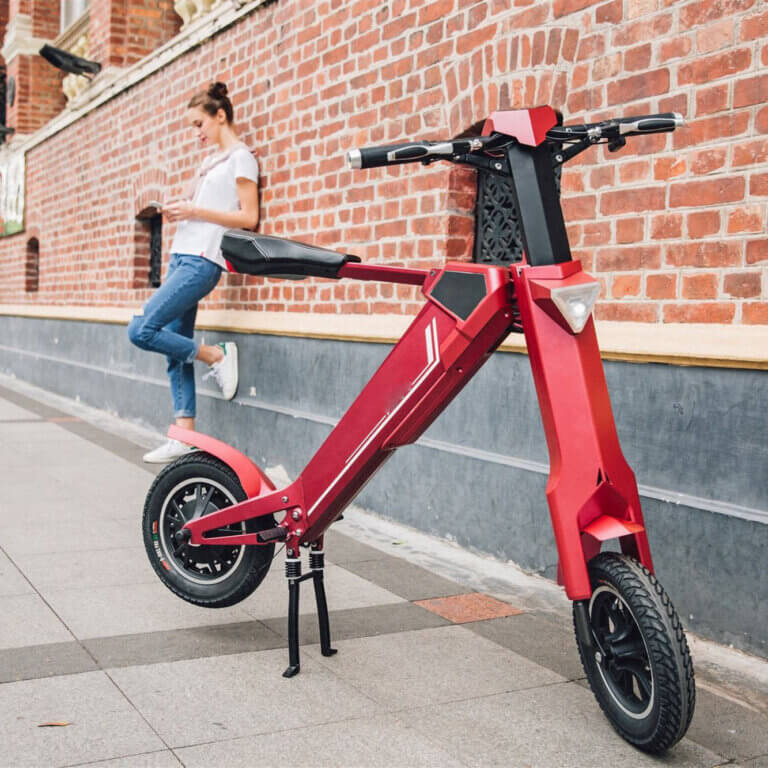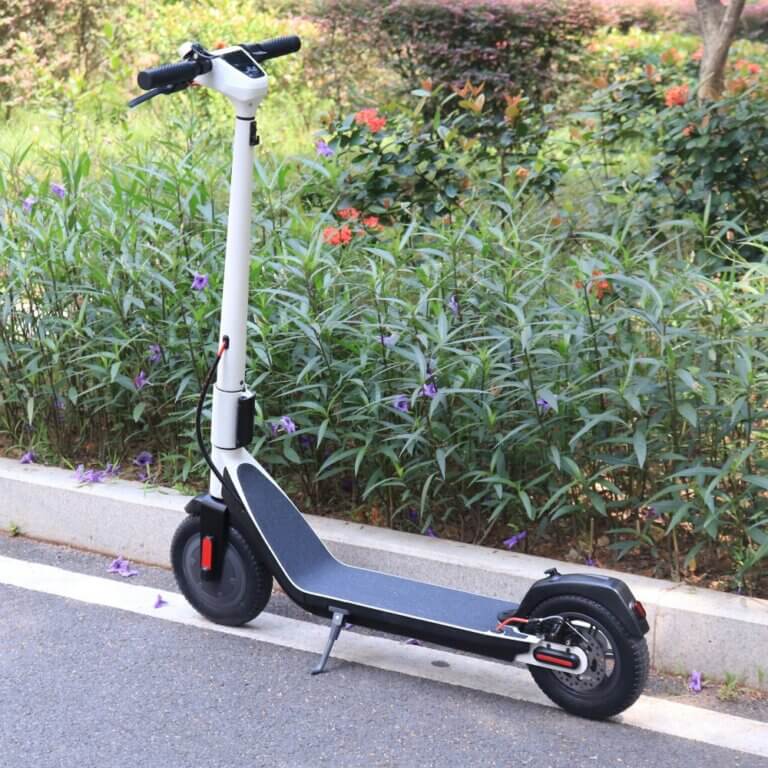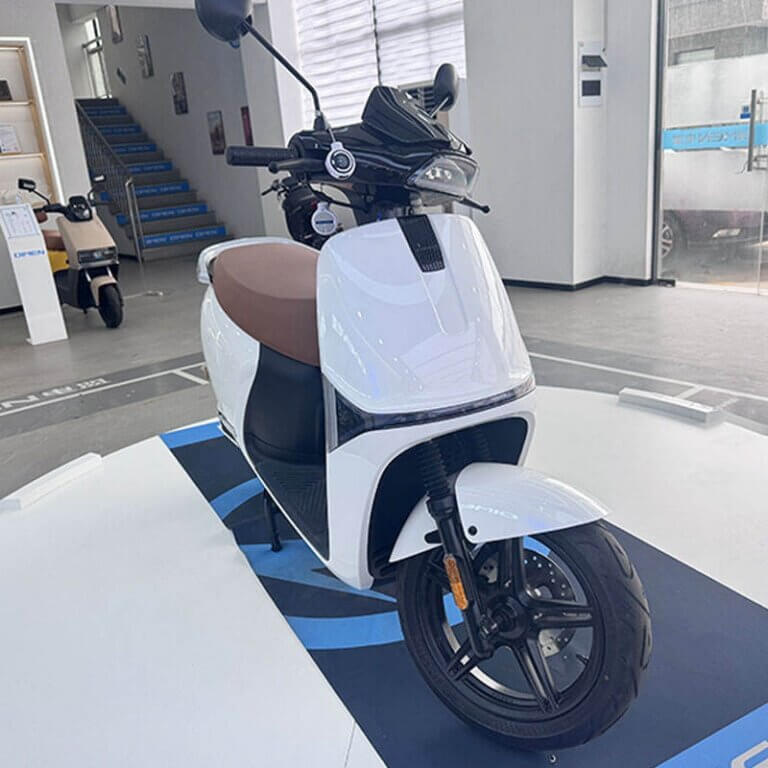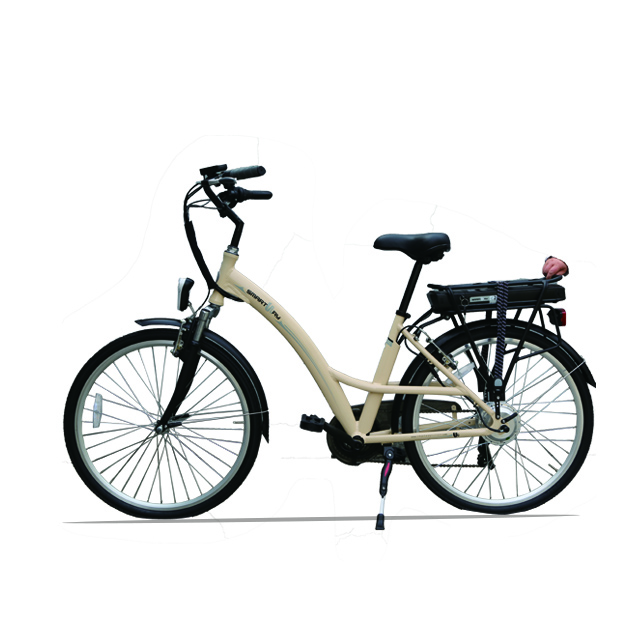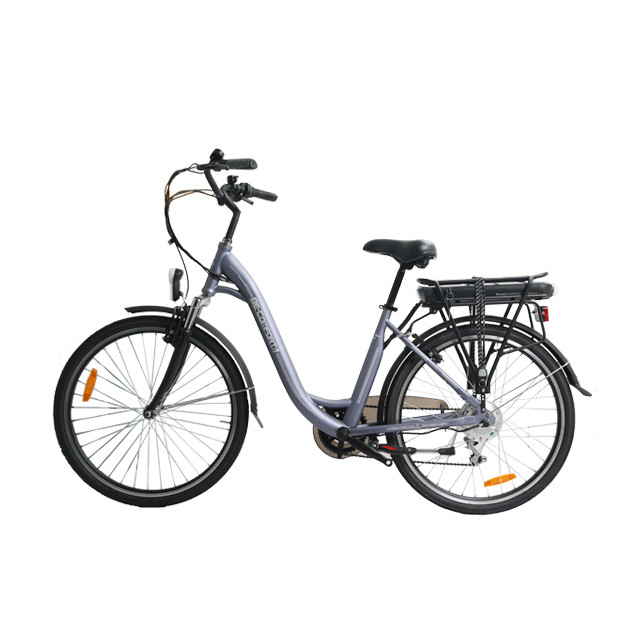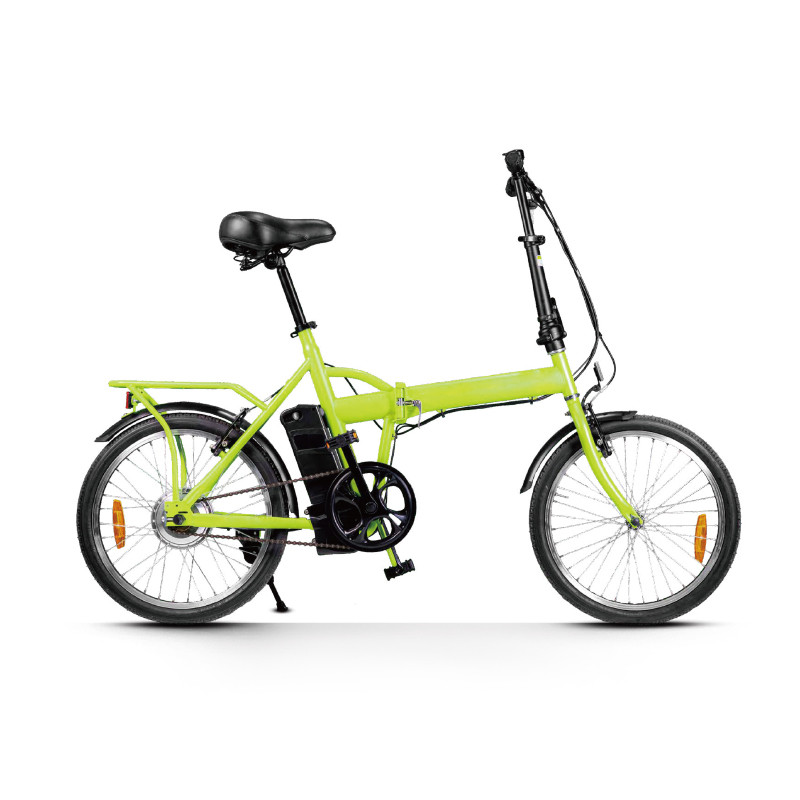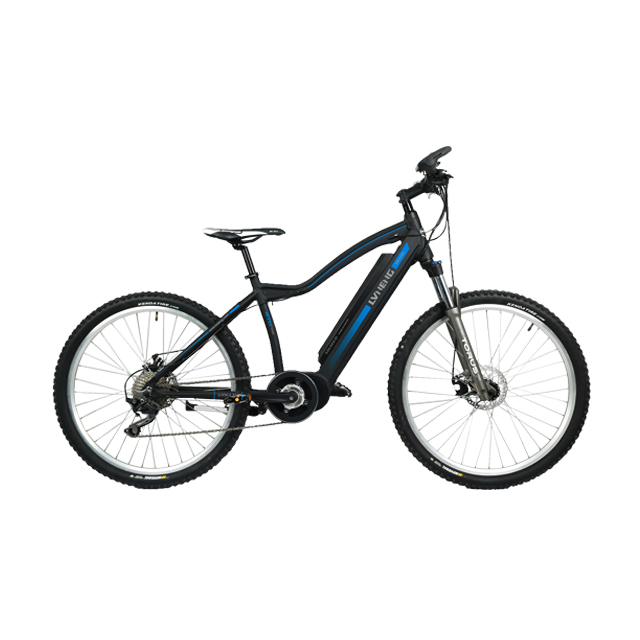-
414 Block B, ZT Times Plaza, Wuhan, Hubei, China
Blog
Can You Ride An e-Scooter In The Rain?
Summary
Electric scooters (e-scooters) have surged in popularity as a convenient mode of transportation, but riding them in rainy conditions raises significant safety concerns and performance challenges. While many models boast varying degrees of water resistance, the effectiveness of this feature depends heavily on their Ingress Protection (IP) ratings, which can range from minimal to robust protection against water exposure. Understanding these ratings is crucial for riders, as not all e-scooters are equipped to handle wet weather without risking damage or accidents.
Safety considerations for riding e-scooters in the rain involve protective gear, vehicle maintenance, and heightened awareness. A certified helmet is essential, as most serious injuries from e-scooter accidents are due to head trauma. Riders must also ensure their scooters are in optimal condition, particularly by checking brakes and tires, as wet surfaces significantly reduce traction, increasing the likelihood of slips and falls. Furthermore, adopting appropriate riding techniques, such as reducing speed and braking gently, can enhance safety in slick conditions.
Despite these precautions, misconceptions abound regarding the safety of riding e-scooters in the rain. Many riders mistakenly believe that water-resistant models are completely waterproof and can withstand prolonged exposure to heavy rain, leading to a false sense of security. Additionally, some assume that riding in the rain is safe as long as precautions are taken, overlooking the reality that wet surfaces compromise both traction and braking efficiency. Misunderstandings about charging e-scooters post-rain can also lead to damage, as moisture in electrical components can pose a significant risk if not allowed to dry adequately before charging.
Given these complexities, it is generally advisable for riders to avoid operating e-scooters in inclement weather when possible. Regular exposure to rain can lead to long-term damage, even for those models designed for some level of water resistance. By prioritizing safety through proper gear, regular maintenance, and informed riding practices, e-scooter users can better navigate the challenges posed by rainy conditions while minimizing risks.
Safety Considerations
Riding an electric scooter in rainy conditions requires special attention to safety measures to mitigate risks associated with wet surfaces and reduced visibility. Proper gear, vehicle maintenance, and heightened awareness are essential components for safe riding in such conditions.
Protective Gear
A certified helmet is a crucial piece of safety gear for all scooter riders, especially when operating in rainy weather. Studies indicate that most fatal injuries from electric scooter accidents are due to head trauma, making helmet use a non-negotiable safety precaution regardless of age. In addition to helmets, riders should consider wearing protective clothing designed to shield against cold winds and rain. Using accessories such as the Pinlock, a double anti-mist visor, can help prevent helmet visors from fogging up, ensuring better visibility during rainy rides.
Vehicle Maintenance
Before embarking on a ride in wet conditions, it is vital to conduct a pre-ride inspection of the scooter. Riders should check that brakes and tires are in good working order, as proper tire inflation is critical for maintaining traction on slick surfaces. Regular maintenance is essential to ensure the scooter operates safely across varying weather conditions, so riders are encouraged to follow their user manual’s maintenance schedule.
Awareness and Focus
Riding in the rain demands heightened alertness. Riders should avoid distractions, such as using their phones while operating the scooter, and remain vigilant of their surroundings. Anticipating potential hazards created by wet conditions can prevent accidents and injuries. It is also important to adjust riding techniques—slowing down and avoiding sudden maneuvers can help maintain control on slippery surfaces.
By equipping themselves with appropriate safety gear, maintaining their vehicles, and exercising increased caution, riders can navigate rainy conditions with greater confidence and safety.
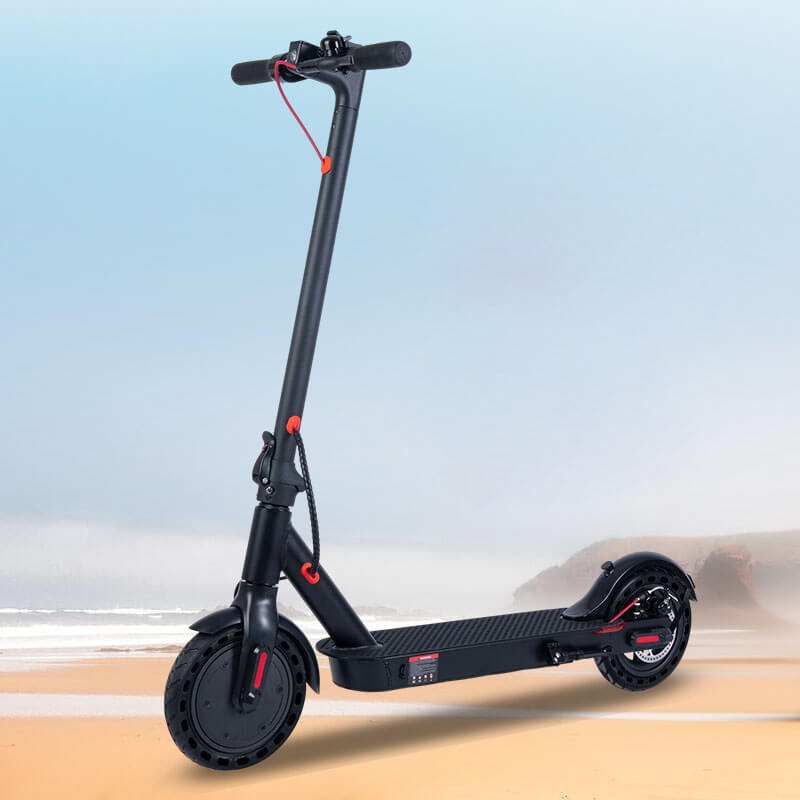
Performance of E-Scooters in Rain
Riding an electric scooter in rainy weather presents unique challenges and considerations for riders. While many electric scooters are designed to be water-resistant, the level of protection can vary significantly depending on the model’s Ingress Protection (IP) rating. Riders should be aware that not all e-scooters are waterproof; only those rated IPX7 or higher can withstand heavy rain without risk of damage.
Importance of IP Ratings
Understanding the IP rating of an electric scooter is crucial for assessing its performance in wet conditions. The IP rating consists of two digits, where the second digit indicates protection against water. Ratings can range from 0 (no protection) to 9 (protection against high-pressure water jets), with a higher last digit indicating a better ability to handle rain. For example, a scooter with a rating of IPX4 is protected from splashes of water from all directions, while an IPX7 rating means it can survive short periods of immersion.
Safety Concerns in Wet Weather
Riding an electric scooter on wet surfaces significantly reduces traction, making roads and pavements more slippery. This increase in slickness can lead to accidents if riders do not exercise caution. It’s advisable to avoid riding during heavy rain or standing water, as these conditions can overwhelm the protective capabilities of most e-scooters. Before embarking on a ride, checking the weather forecast is essential. If heavy rain is anticipated, considering alternative transportation methods or postponing the trip is recommended.
Pre-Ride Inspection
Before riding in the rain, riders should conduct a thorough inspection of their scooter. This includes checking for any visible damages, particularly in critical areas such as brakes and tires, which can be affected by wet conditions. Ensuring that the scooter is fully charged can also prevent getting stranded during inclement weather, as moisture can impair the electrical components of the scooter if it is not adequately protected.
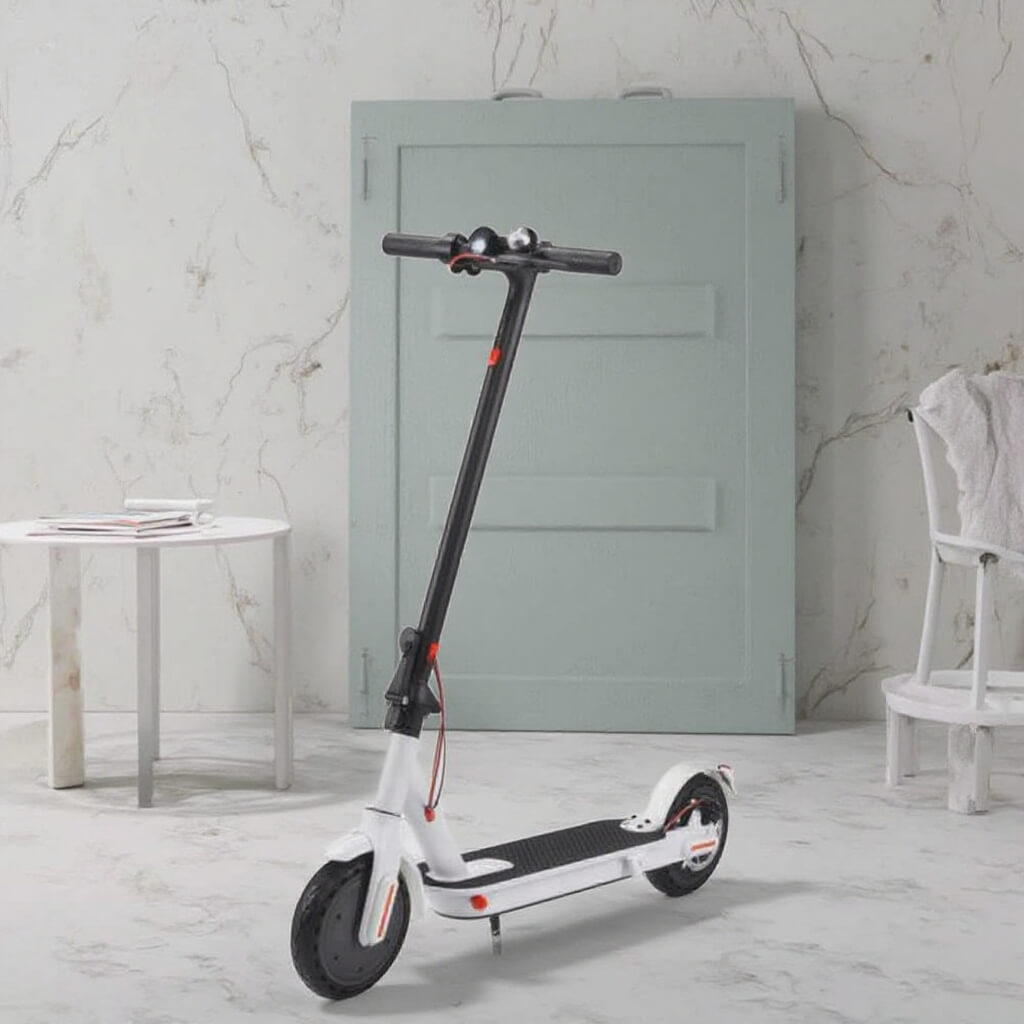
Best Practices for Riding in Rain
Riding an electric scooter in rainy conditions requires careful consideration and adherence to safety protocols to minimize risks and ensure a safer experience.
Riding Techniques
When riding in the rain, it is advisable to adjust your riding style.
- Slow Down: Reduce your speed to improve control and reaction time on slippery surfaces.
- Brake Gently: Apply brakes earlier and more gradually than you would in dry conditions to avoid losing traction.
- Avoid Puddles: Riding through puddles can conceal hazards like potholes and debris, which can damage the scooter or cause you to lose balance. Additionally, deep puddles may risk flooding the motor or battery compartment, leading to costly repairs.
Preparation and Gear
Before embarking on a ride in the rain, it is crucial to equip yourself with appropriate gear. This includes wearing waterproof clothing and a full-face helmet to protect against both the elements and potential accidents. Reflective gear can enhance visibility, which is particularly important as rain can impair both your vision and that of other road users.
Additionally, ensure that your scooter is in optimal condition by checking the brakes and tires before heading out. Proper tire inflation is essential for maintaining traction on wet surfaces and helps prevent slipping.
Visibility and Maintenance
To enhance visibility during rainy rides, ensure your scooter’s lights are functioning properly and bright enough to be seen by others. It’s also beneficial to use slip-proof decks to prevent slipping while riding.
Regular maintenance checks are vital, particularly after riding in wet conditions. Inspect the brakes, battery, and overall condition of the scooter, as water exposure can lead to wear and tear. Monthly inspections and annual check-ups with a professional are recommended to catch potential issues early.
Long-Term Considerations
While it is possible to ride an electric scooter in the rain, it is generally advisable to avoid making it a habit. Regular exposure to wet conditions can lead to long-term damage, even for water-resistant models. Whenever possible, consider alternative transportation methods during inclement weather, such as taking public transport or waiting for the rain to pass.
By following these best practices, riders can mitigate risks and enhance their safety while navigating wet conditions.
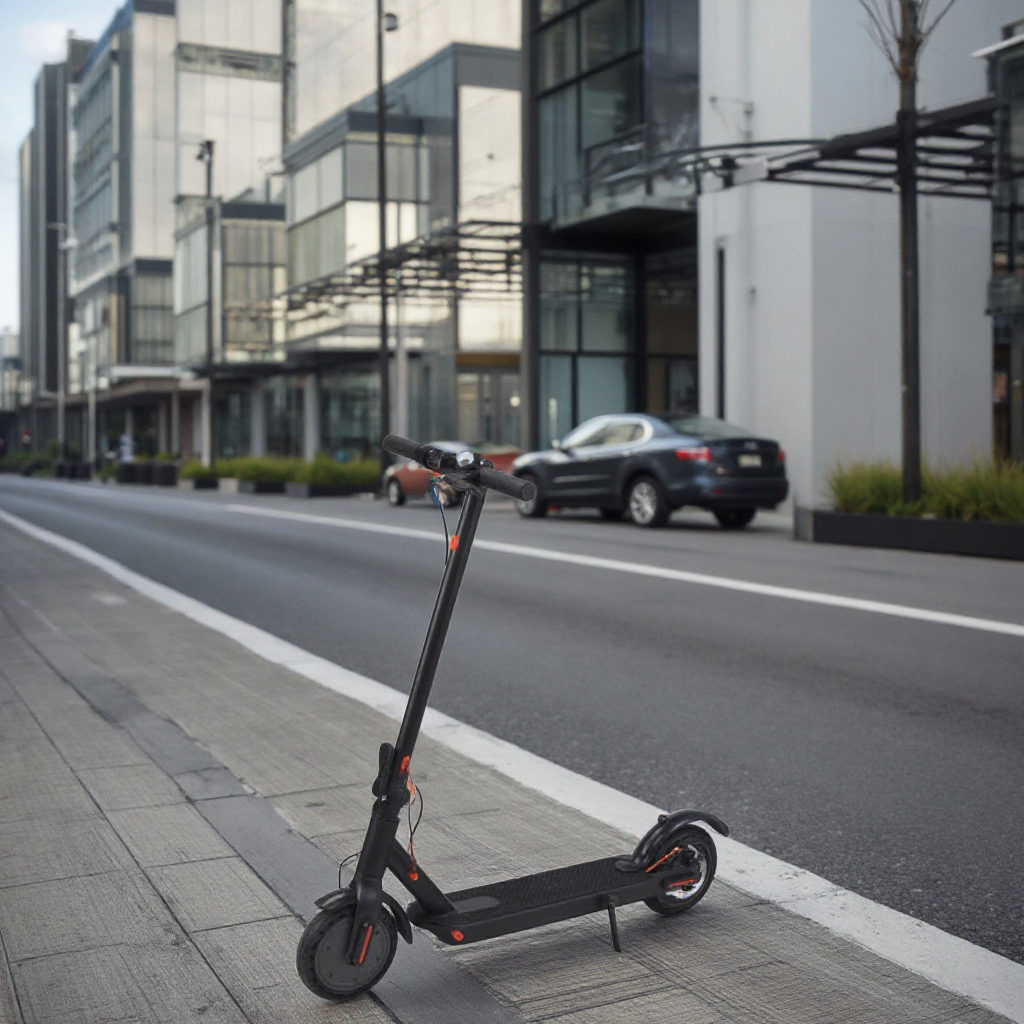
Common Misconceptions
Electric scooters (e-scooters) are often misunderstood regarding their capabilities and limitations, especially in inclement weather conditions like rain. One prevalent misconception is that some e-scooters are entirely waterproof. However, there is no truly waterproof electric scooter; rather, many models are designed with varying degrees of water resistance, which can mislead consumers into believing they are safe for extended wet use. While certain scooters may boast ingress protection (IP) ratings, such as IPX6, these ratings are typically intended for occasional exposure to water and do not guarantee complete moisture protection over time.
Another common misconception is that riding an e-scooter in the rain is entirely safe as long as one takes precautions. While it is possible to ride in the rain, doing so introduces several risks, including reduced traction and increased stopping distances, which can compromise safety. Riders often assume that their e-scooter will perform similarly in wet conditions as it does in dry ones, but the reality is that wet surfaces can significantly hinder the effectiveness of brakes and handling.
Additionally, many users believe that they can charge their e-scooter immediately after riding in the rain. However, this practice can lead to damage, as moisture could potentially enter the electrical components during charging, posing a risk of malfunction. It is advisable to ensure the scooter is completely dry before connecting it to a charger.




